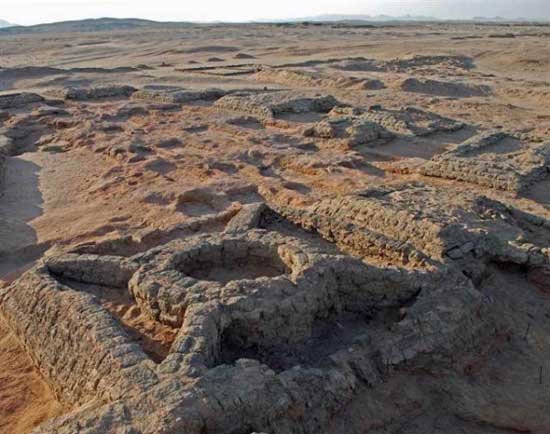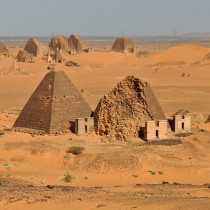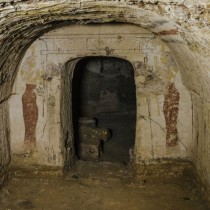Between the years 2009-2012, researchers working at the Sedeinga archaeological site in Sudan succeeded in pinning down and unearthing a total of 35 ancient pyramids, clustered closely together and relatively small.
Thus, the base of the largest of these pyramids is merely 22 feet (7 m) wide, whereas the smallest has a 30 inches (750 mm) wide base.
Information made available to the general public says the pyramids date back around 2,000 years, to a time when a kingdom named Kush flourished in Sudan. Researchers suspect that the desire of the kingdom’s people to build pyramids was influenced by Egyptian funerary architecture.
Nevertheless, what distinguishes the Kush people from the ancient Egyptian civilization is that, unlike the latter, they became quite fond of building their pyramids in rather large numbers and very close to one another. “The density of the pyramids is huge,” said researcher Vincent Francigny, a research associate with the American Museum of Natural History in New York, in an interview with LiveScience. “Because it lasted for hundreds of years they built more, more, more pyramids and after centuries they started to fill all the spaces that were still available in the necropolis,” Francigny explained.
To illustrate the density of the pyramids, researchers said that in one field season alone, in 2011, they discovered 13 pyramids packed into roughly 5,381 square feet (500 square meters), or slightly larger than an NBA basketball court.
The passage of time and the presence of a camel caravan route caused damages to the monuments. For instance, the tops of the pyramids are not attached. According to Francigny, the tops would have been decorated with a capstone depicting either a bird or a lotus flower on top of a solar orb.
The building of the pyramids continued until, eventually, the people of Kush ran out of space to build them. “They reached a point where it was so filled with people and graves that they had to reuse the oldest one,” Francigny said.
Several pyramids were designed with an inner circular structure connected to the pyramid corners through cross-braces. Only one pyramid, outside of Sedeinga, is known to have been constructed this way, and it’s a mystery to the researchers why the people of Sedeinga were fond of the design.
A discovery made in 2012 may provide a clue, Francigny said. “What we found this year is very intriguing,” he said. “A grave of a child and it was covered by only a kind of circle, almost complete, of brick.” It’s possible, he said, that when pyramid building came into fashion at Sedeinga it was combined with a local circle-building tradition called tumulus construction, resulting in pyramids with circles within them.
Although the graves beside the pyramids had largely been plundered, archaeologists did find skeletal remains and, in some cases, artifacts. One of the most interesting new finds was an offering table found by the remains of a pyramid. It appears to depict the goddess Isis and the god Anubis and includes an inscription, written in Meroitic language, dedicated to a woman named “Aba-la,” which may be a nickname for “grandmother,” as team leader Claude Rilly believes.
Francigny is excavation director of the French Archaeological Mission to Sedeinga, the team that made the discoveries. He and team leader Claude Rilly published an article detailing the results of their 2011 field season in the most recent edition of the journal Sudan and Nubia.




